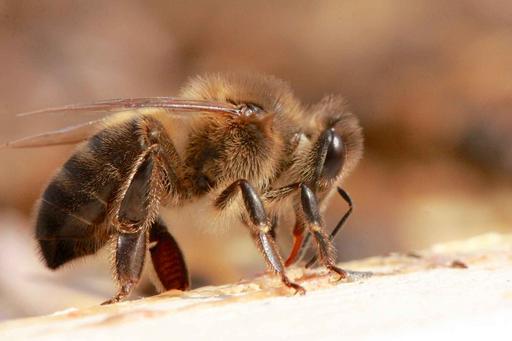Closer look: Our native bee is being out-competed
Bees provide critically important ecosystem services, primarily through their pollination of wild plants and useful plants. However, our native honey bee, the European dark bee or Nordic brown bee (Apis mellifera mellifera), has been largely out-competed by imports of other subspecies and hybrids.

It is not only its dark colour that differentiates the Nordic brown bee from other bee species, but many of its other characteristics as well. For example, it seems to be better adapted to our harsh climate of changing weather and cold winters, and our native flora, than the imported honey bees. Current knowledge about the Nordic brown bee is mainly based on anecdotal information, so there is a great need for research into this subspecies. The lack of scientific knowledge about this bee is hampering conservation efforts for threatened Nordic brown bee hives, which is vital given their importance for the environment in the Nordic countries.
The University of Gothenburg is conducting a research project on European dark bees with Nordens Ark (a private non-profit foundation working to conserve endangered animal species), the University of Skövde, and Norsk birøkterlag (a Norwegian association of beekeepers).
Text: Linnéa Magnusson